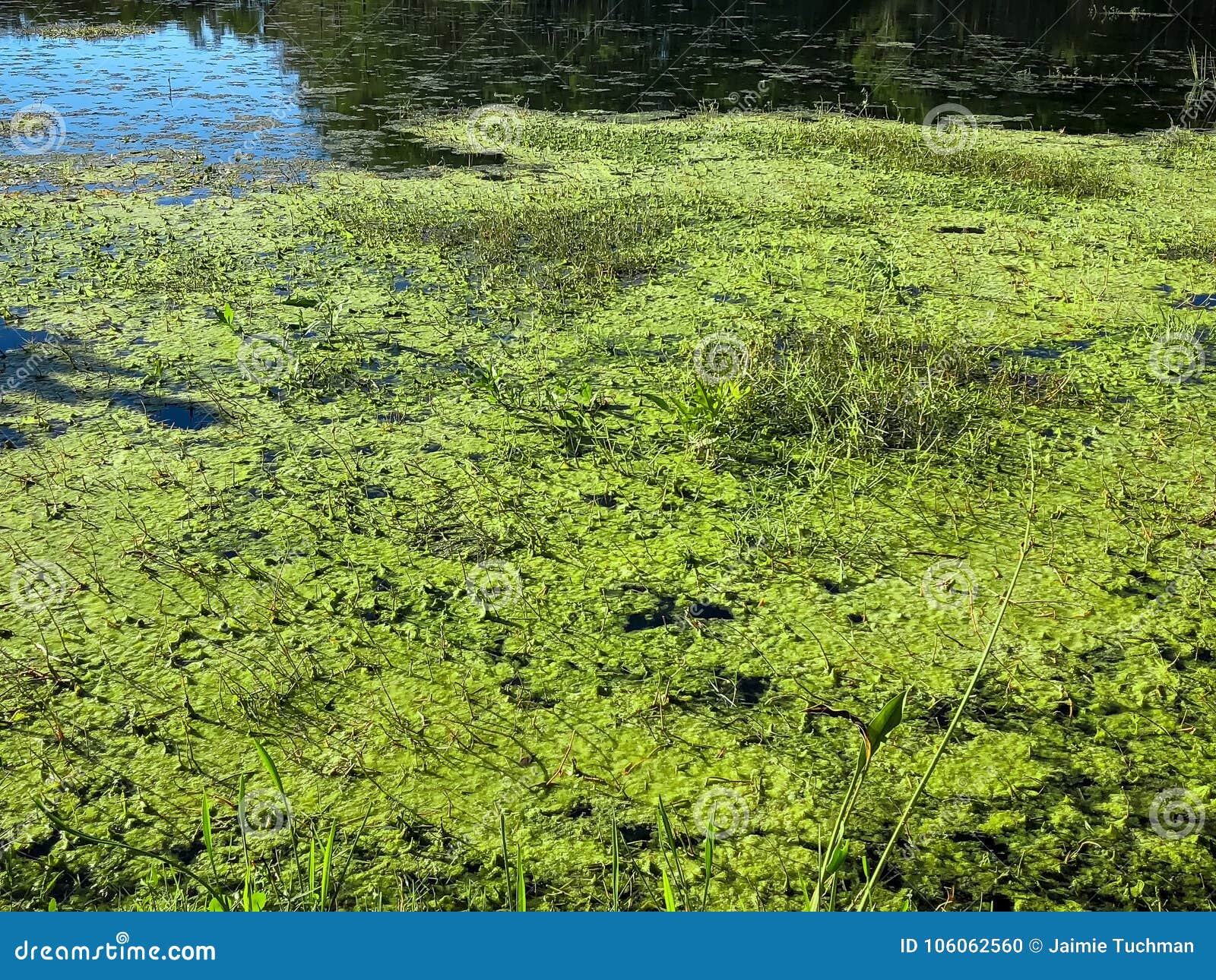


Harmful Algal Bloom Observing System (HABSOS) The awards, totaling $11.6M, fund 12 new projects around the nation through NOAA's PCMHAB, ECOHAB, MERHAB, and OTT programs as well as five pilot projects to six of the IOOS regional associations. NOAA's NCCOS and IOOS have announced funding for 17 new research projects around the country to better understand and predict harmful algal blooms (HABs) and improve our collective response to them. NCCOS, IOOS Award $11.6 Million for Harmful Algal Bloom Research This application delivers a suite of bloom detection products in the form of geographic based images. NOAA's National Centers for Coastal Ocean Science developed this site to routinely deliver near real-time products for use in locating, monitoring, and quantifying algal blooms in coastal and lake regions of the U.S. This website offers forecasts and up-to-date conditions. NOAA's National Centers for Coastal Ocean Science monitors conditions daily and issues regular forecasts for red tide blooms in the Gulf of Mexico and East Coast of Florida. Blooms are often patchy, so impacts vary by beach and throughout the day. It can also kill marine life, and lead to shellfish closures. These algal blooms can cause respiratory illness and eye irritation in humans. In the Gulf of Mexico, some harmful algal blooms are caused by the microscopic algae species Karenia brevis, commonly called red tide. Gulf of Mexico Harmful Algal Bloom Forecast The forecasts help people make informed choices about where and when to visit areas that may be temporarily affected by a bloom. NOAA issues forecasts to monitor bloom conditions and the potential for impacts. Lastly, Ciguatera Fish Poisoning can be an issue in South Florida and off of Texas, due to toxins produced by Gambierdiscus, a type of organism associated with macroalgae on coral reefs. In addition, recreational harvesting of puffer fish is banned in some estuaries in Florida because of the threat of saxitoxins produced by an organism called Pyrodinium. In Florida, closures have occurred due to an organism called Pseudo-nitzschia, which can produce toxins causing Amnesic Shellfish Poisoning. Shellfish harvesting closures have occurred in Texas due to blooms of Dinophysis, which can produce toxins causing Diarrhetic Shellfish Poisoning. The Gulf of Mexico experiences a variety of other HABs. While these events are most frequent in coastal regions of southwest Florida, they occur to a lesser extent throughout the Gulf region. Blooms also discolor the water and cause widespread mortality of fish, turtles, birds, and marine mammals. They can also accumulate in shellfish and cause Neurotoxic Shellfish Poisoning in humans, so affected states closely monitor shellfish and may close harvesting for a period of time to protect public health. The toxins can be suspended in the air near beaches and cause human respiratory illness. One of the most well-known harmful algal blooms (HABs) is the Florida " red tide" caused by Karenia brevis, a type of algae that produces potent neurotoxins.


 0 kommentar(er)
0 kommentar(er)
